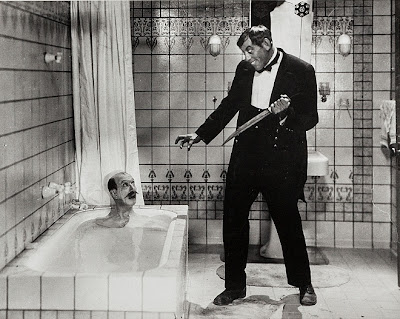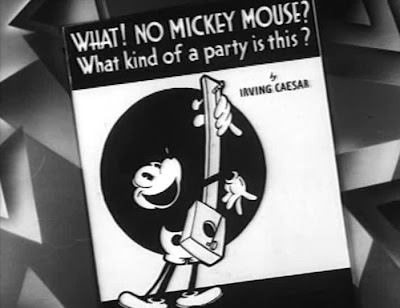Youth Has Its Fling at Postwar Westerns
Blake Edwards Arrives With 1948's Panhandle
Blake Edwards and producing partner John C. Champion were mere "lads" (Variety review) in mid-twenties when they got up scratch and an Allied Artists release deal for a western the two wrote and Edwards acted in (as henchman heavy). This was tyro Edwards' first story and producer credit, quality result giving notice that he'd be around a long time. Panhandle had "A" aspirations and was booked accordingly, smaller houses impressed enough to play the western solo. You could sell an oater then on basis of a "fiercest fight" or "Glorious Sepia-Tone," and trade reviews gave Panhandle a boost to encourage more such indie effort as challenge to big-studio dominance. Good and sometimes cheeky dialogue reflects youthful spin on cowpoke clichés, and pace is maintained by long in the saddle Lesley Selander as director. There's no energy like that of beginners, and Champion/Edwards lent abundance of theirs to Panhandle's career calling card; I can picture insiders' peek at this leading to welcome mats for the two on major lots. It's still a "Darn Good Western" as pledged by VCI on their Volume One DVD box cover, along with five other actioners of similar interest.

















































